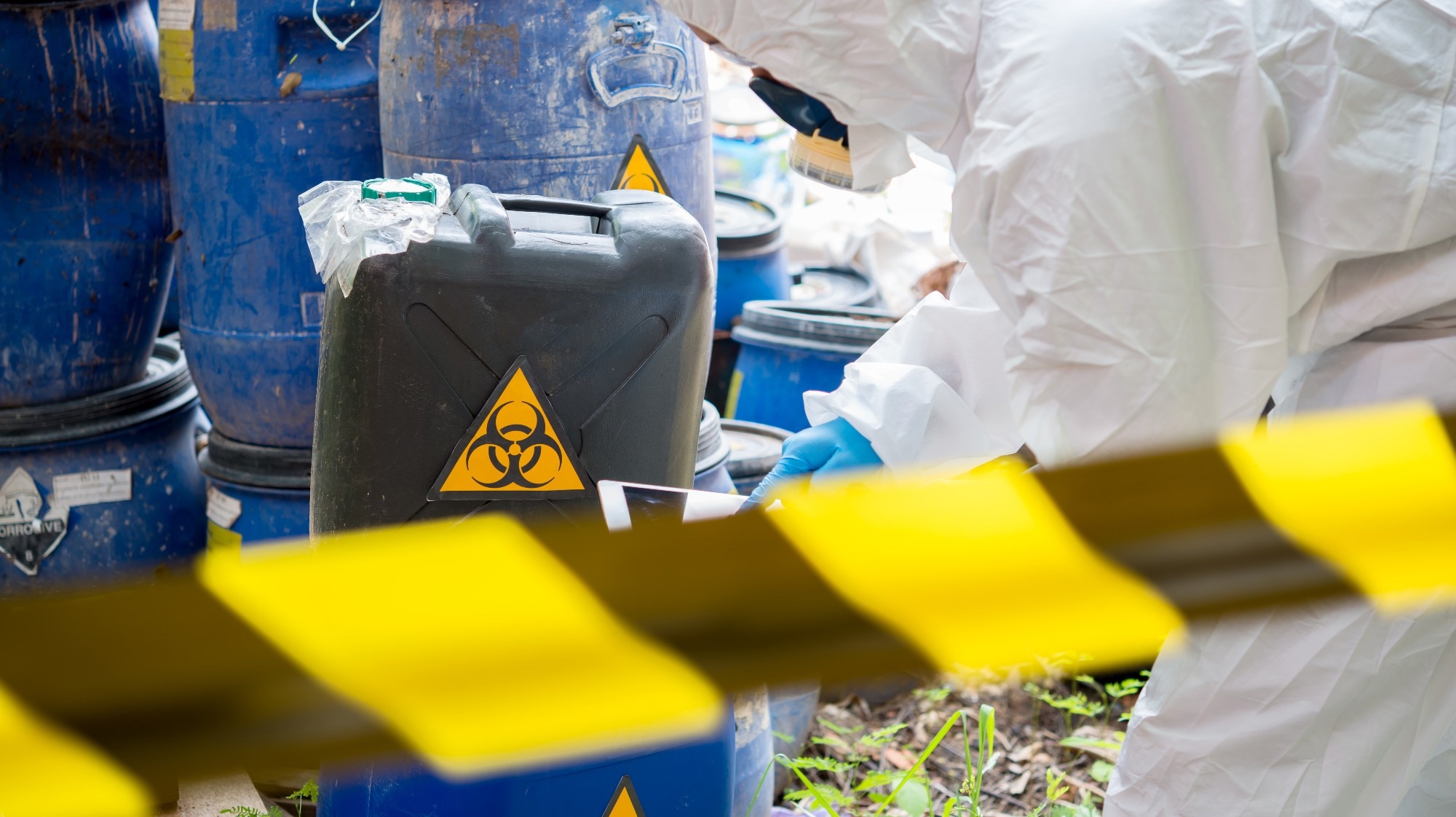Bioterrorism could significantly affect public health across the globe and cause major disruption in society. Even though the risk of bioterrorism is substantially low, a significant attack could significantly affect society at large. Therefore, the risk of bioterrorism must not be neglected. Some recent incidences related to bioterrorism include the ricin attack in 2018 by an extremist from Tunisia in Cologne, Germany, and a ricin letter sent to the President of the United States in 2020.
At the Munich Security Conference of 2018, the Dutch Minister of Defense addressed the risk of bioweapons. Pathogens categorized as potential bioterrorism agents emerge naturally but rarely. These pathogens cause travel-related diseases. A recent Emerging Infectious Diseases study provided an overview of the incidence of such pathogens in the Netherlands.
This study aimed to raise awareness of biosafety at laboratories and highlighted the need for biosecurity regulations to prevent access to such pathogens. Such awareness and regulations could reduce the risk of bioterrorism.
 Report: Epidemiology of Pathogens Listed as Potential Bioterrorism Agents, the Netherlands, 2009‒2019. Image Credit: kittirat roekburi / SHutterstock
Report: Epidemiology of Pathogens Listed as Potential Bioterrorism Agents, the Netherlands, 2009‒2019. Image Credit: kittirat roekburi / SHutterstock
Background
Many pathogens could be used as bioweapons based on various factors, such as pathogenicity, characteristic features, route of transmission, infectious dose, and stability in the environment. The risk of misuse of these pathogens, biological or toxic weapons could be reduced by limiting their synthesis, stockpiling, and regulating means of delivery.
A selection and prioritization of the potential bioterrorism agents were made, by the US Centers for Disease Control and Prevention (CDC), a couple of decades ago, which resulted in the Bioterrorism Agents/Diseases classification. This classification is based on Cold War-era military experiments and public health experience. The CDC list was restructured by the European Medicines Agency (EMA), which led to the Biologic and Chemical Threats list. Here, three different categories were created from a medical point of view, and they were backed up by treatment guidelines.
About this Study
The pathogens categorized in the highest risk category by either EMA or CDC were included in this study. The CDC category A comprised Yersinia pestis, Francisella tularensis, Bacillus anthracis, Clostridium botulinum toxin, and hemorrhagic fever viruses. Additionally, the EMA list includes Burkholderia mallei and Burkholderia pseudomallei, Brucella spp., and Coxiella burnetiid.
The observation period was from 2009 through 2019. In 2008 the Netherlands implemented the Public Health Act, because of which the start date was set at January 2009. December 2019 was set to be the end date to rule out confounding effects of the coronavirus disease 2019 (COVID-19) pandemic.
The average annual incidences per 10 million persons were calculated to aid in the international comparison. The average incidence per year was first calculated, followed by the average annual incidence.
Key Findings
C. burnetii, a zoonotic, gram-negative bacterium, was the most common pathogen found in the Netherlands. Its main reservoirs are goats, sheep, and other herbivores. Q fever is endemic to the Netherlands and is associated with intensive goat farming. The disease could be mild or severe, such as pneumonia or endocarditis. Its incidence was seen to reduce significantly after 2010, and Doxycycline was stated to be the first-choice treatment.
The incidence of B. anthracis ranged between 0 and 2 cases per year during 2009–2019. Brucellosis was seen to occur only as an imported disease (1‒9 cases per year). The average annual incidence of Brucella spp. was 2.5 cases/10 million persons.
No B. mallei were detected in patient samples or cultured isolates, and the disease it causes (Glanders) is not a notifiable disease in the Netherlands. Similarly, Melioidosis is also not notifiable in the Netherlands, and the incidence of B. pseudomallei was 1.1 cases/10 million persons. The incidence of C. botulinum ranged between 0 and 2 cases per year, equivalent to an average annual incidence of 0.2 cases/10 million persons. Further, for F. tularensis, the annual average incidence was 1.3 cases/10 million persons.
With regard to hemorrhagic fever viruses, one military peacekeeper from Nigeria who was diagnosed with Ebola was transferred to the Netherlands in 2014. Yellow fever was diagnosed in a woman returning from Suriname in 2017. Two further cases of yellow fever were imported to the Netherlands in 2018. Lassa fever was diagnosed in 2 physicians from Sierra Leone in 2019, one of whom died. Overall, concerning hemorrhagic fever viruses, the average annual incidence was 0.3 cases/10 million persons.
Conclusion
Despite the low probability of a biological agent attack, it is crucial to maintain preparedness. The incident in Cologne in 2018 demonstrated the continual interest in the use of biological agents by terrorists. Medical microbiology laboratories and hospitals should have up-to-date protocols to respond to biothreat agents.